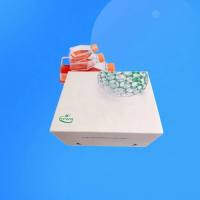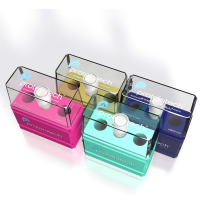Extraction of Eicosanoids from Biological Fluids, Cells, and Tissues
互联网
互联网
相关产品推荐

MKN45人低分化胃癌细胞|MKN45细胞(Human Poorly Differentiated Gastric Cancer Cells)
¥1500

RELT/RELT蛋白Recombinant Human Tumor necrosis factor receptor superfamily member 19L protein (RELT)重组蛋白Receptor expressed in lymphoid tissues蛋白
¥1344

BEAS-2B人正常肺上皮细胞|BEAS-2B细胞系|Human Normal Lung Epithelial Cells
¥1500

CHO cells 多克隆抗体 27803-1-AP
¥1350

HEK 293 cells 多克隆抗体 27347-1-AP
¥1350
相关问答
推荐阅读
Novel Designed Probes for the Characterization of Oxidative Stress in Biological Fluids, Cells, and Tissues
Measurement of Oxidized and Reduced Coenzyme Q in Biological Fluids, Cells, and Tissues: An HPLC-EC Method
Metabolite Analysis of Biological Fluids and Tissues by Proton Nuclear Magnetic Resonance Spectroscopy

